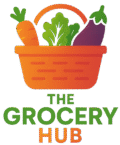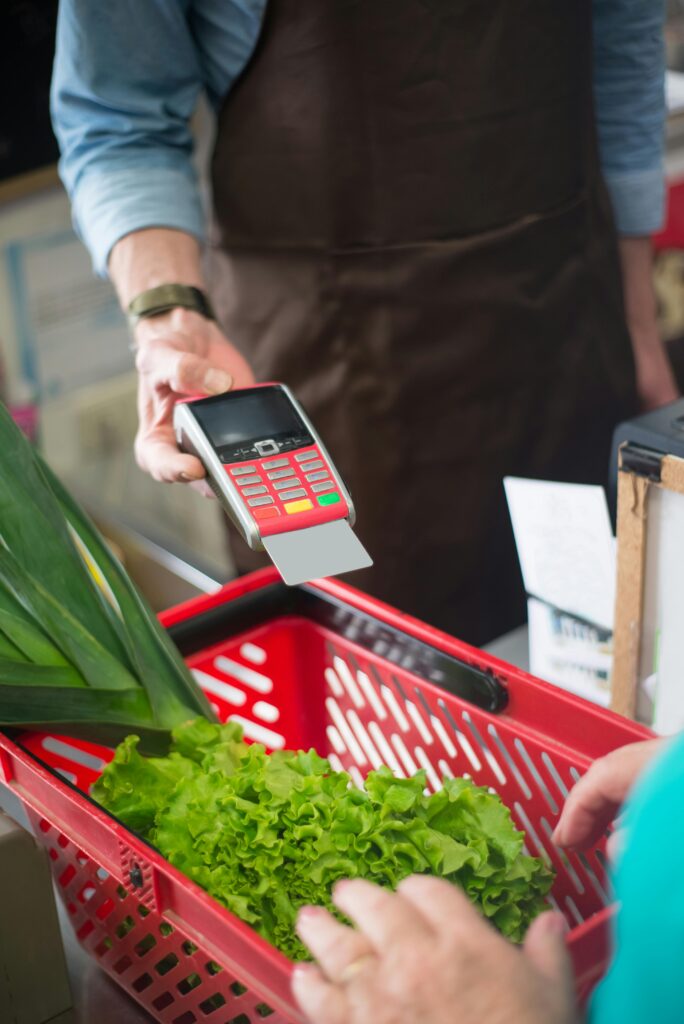Thinking about starting your own grocery store? You’re not alone. Grocery businesses have been around for centuries, and for a simple reason—people will always need food and daily essentials. Unlike some trendy businesses that fade with time, a well-run grocery store can be a steady source of income and a pillar in your community.
But here’s the thing: opening a grocery store isn’t just about renting a shop and putting products on shelves. You need a solid plan, the right licenses, and a smart marketing strategy to attract and keep customers. Don’t worry—this guide will walk you through everything step by step so you can turn your idea into a thriving business.
Why Start a Grocery Store?
Before we dive into the “how,” let’s talk about the “why.”
- Steady demand: No matter the economy, people still buy groceries.
- Community connection: A local store isn’t just a shop; it becomes part of daily life for families in the area.
- Profit potential: With the right setup, margins on groceries may not seem huge, but volume makes up for it. A loyal customer base means stable income month after month.
If you’ve been dreaming about building something that lasts and serves your neighborhood, a grocery store could be the perfect choice.
Step 1: Map Out Your Business Plan
Every successful grocery store starts with a clear business plan. Think of it as your roadmap—it helps you avoid surprises and keeps you on track.
Do Your Research
Walk around your neighborhood and take notes. Who lives there? Are they young professionals, families with kids, or retirees? This matters because buying habits differ. Families may want affordable bulk items, while younger crowds might lean toward organic or ready-to-eat foods.
Check out your competition too. What are nearby stores doing well, and where are they falling short? That gap is your opportunity.
Decide on Your Store Type
Not all grocery stores are the same. You could go with:
- A small neighborhood shop (mom-and-pop style)
- A mini supermarket with wider variety
- A specialty store (organic, imported, or gourmet items)
- An online/delivery-first grocery business
Your choice depends on your budget, the market needs, and how hands-on you want to be.
Crunch the Numbers
Let’s be real—money matters. Calculate your startup costs:
- Renting or buying the space
- Stocking up on initial inventory
- Shelves, freezers, billing counters, and software
- Licenses, staff salaries, and marketing expenses
Once you know your costs, forecast your monthly income and expenses. This gives you an idea of when you’ll break even and start making profit.
Step 2: Get Your Licenses and Registrations in Order
This part may feel a little boring, but it’s essential. You don’t want to invest in a store only to run into legal trouble later.
Here are the most common things you’ll need (varies by country and city):
- Business registration – Register your grocery as a legal entity (sole proprietorship, partnership, LLC, etc.).
- Food safety license – Mandatory if you’re selling consumables. In India, this is an FSSAI license; in the US, you’ll deal with FDA compliance.
- Tax registration – GST, VAT, or sales tax registration depending on where you’re located.
- Shop license – Many places require a shop & establishment license to run a retail outlet.
- Other permits – Fire safety clearance, signage permit for your store board, and sometimes even health trade licenses.
👉 Pro tip: Don’t try to navigate all this alone. Hire a local consultant or accountant to handle paperwork—you’ll save time and headaches.
Step 3: Setting Up Your Store
Now comes the exciting part—bringing your store to life.
Pick the Right Location
Your location can make or break your business. Ideally, choose a spot with:
- High foot traffic (near residential areas, schools, or offices)
- Easy accessibility and parking
- Limited direct competition right next door
Plan the Layout
Think about customer experience. A cluttered store can turn people away. Instead:
- Keep aisles wide enough for easy movement
- Use clear labels and signage for quick navigation
- Place essentials like milk and bread at the back so customers walk through other aisles
- Highlight promotions at eye level near the entrance
Build Strong Supplier Relationships
You’ll rely heavily on suppliers for timely delivery and good pricing. Don’t stick to just one—having backup vendors prevents stockouts. Negotiating bulk deals can also improve your profit margins.
Step 4: Market Your Grocery Store
Here’s a truth: even if you stock the best products, people won’t automatically walk into your store. You need to tell them you exist.
Start with a Buzz
Before opening day, create some excitement:
- Hand out flyers in your neighborhood
- Put up banners announcing “Grand Opening Offers”
- Share sneak peeks on WhatsApp groups or social media
Go Local
- Partner with housing societies or office complexes for bulk supplies
- Offer referral discounts so word-of-mouth spreads quickly
- Run small contests or giveaways in the community
Build Your Online Presence
More and more customers expect convenience. At minimum, you should:
- Set up a free Google Business Profile so people can find you on maps
- Stay active on Instagram and Facebook with promotions and updates
- Consider offering home delivery (through your own app/website or by tying up with delivery platforms)
Keep Customers Coming Back
Attracting new customers is important, but retaining them is where you win. Try:
- Loyalty programs where points turn into discounts
- Special deals for regular customers
- Seasonal offers (like festive discounts or “back-to-school” combos)
Step 5: Think About Growth
Once your grocery store is stable, don’t stop there. Look for ways to grow:
- Add new categories like organic, imported, or eco-friendly items
- Expand into online orders and doorstep delivery
- Open another branch in a nearby locality
- Partner with delivery apps for extra reach
Growth doesn’t always mean going big overnight—it can also mean small, steady improvements that keep your business fresh and competitive.
Final Thoughts
Starting a grocery store is more than just opening doors and hoping customers walk in. It’s about planning smart, staying legally compliant, and building strong connections with your community.
Your business plan will guide you, your licenses will protect you, and your marketing will bring people in. But in the long run, what really makes a grocery store successful is trust. If your customers know they can rely on you for quality products, fair pricing, and good service, they’ll keep coming back.
So if you’ve been wondering how to start grocery store, the path is clear:
- Plan carefully
- Get the right paperwork done
- Create a welcoming store
- Market it like crazy
- And grow steadily
Who knows? The small store you open today might just become the go-to spot in your entire community tomorrow.

